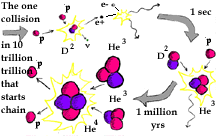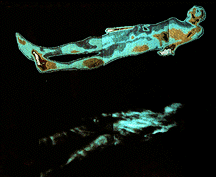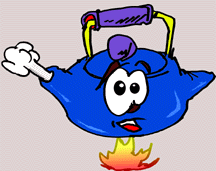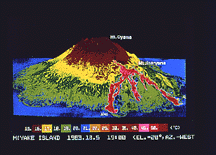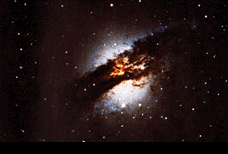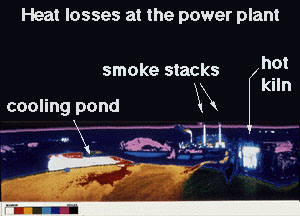ExploraTour - How to Build a Star
All the gory details .....
First two protons collide and form a deuterium nucleus (one proton + one neutron). This is not as simple as it sounds. Only one collision in ten trillion trillion actually produces deuterium. In fact, the average proton must wait some 10 billion years to be part of the proton-proton chain.
During this collision, a positron and a neutrino are released. A positron is the anti-matter equivalent of an electron (an electron with a positive charge). As soon as the positron encounters an electron, the two anihilate one another to form two gamma rays. The neutrino has virtually no mass and passes right through the sun and out into space.
The deuterium nucleus collides with a proton in less than 1 second. The two form a light helium nucleus which is made up of two protons and one neutron. Another gamma ray is released. The gamma rays are carrying away the energy that results from the conversion of mass to energy.
On the average, about a million years ellapses before two light helium nuclei collide to form a regular helium nucleus (made up of 2 protons and 2 neutrons) with the release of two protons.
Final tally: 4 protons --> 1 He nucleus + 6 gamma rays + 2 neutrinos


